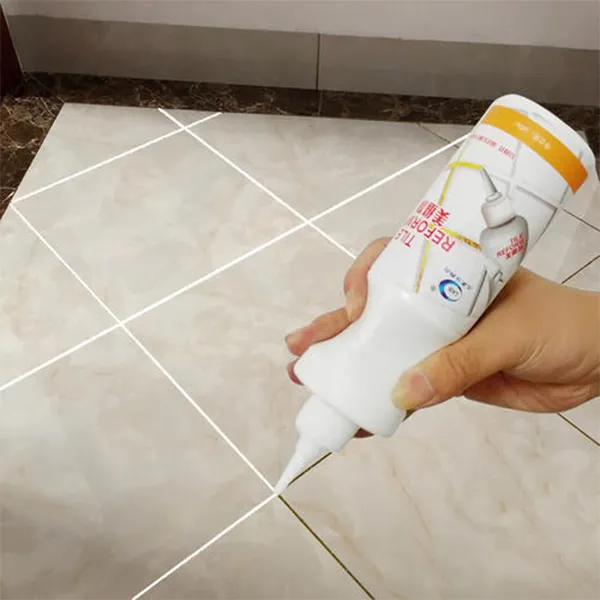Cellulose Ether Chemical Adhesives Properties and Applications
In the evolving landscape of materials science, cellulose ether chemical adhesives have emerged as significant players, delivering a range of benefits across multiple industries. These adhesives, derived from cellulose, one of the most abundant biopolymers on Earth, offer unique characteristics that make them invaluable in various applications, from construction to textile manufacturing.
What are Cellulose Ethers?
Cellulose ethers are modified cellulose materials that are created by chemically altering the cellulose structure. This process enhances the natural properties of cellulose, such as its solubility, viscosity, and adhesive qualities. Common types of cellulose ethers include hydroxypropyl methylcellulose (HPMC), carboxymethyl cellulose (CMC), and methyl cellulose (MC). Each of these variants possesses distinct characteristics, making them suitable for specific applications.
Properties of Cellulose Ether Adhesives
1. Versatility One of the standout attributes of cellulose ether adhesives is their versatility. They can be formulated for various uses, adapting easily to different substrates and environmental conditions.
2. Water Solubility Many cellulose ethers are water-soluble, allowing for easy application and cleanup. This property makes them suitable for aquatic and environmentally friendly applications, minimizing the ecological footprint.
3. Non-toxic and Biodegradable Given their natural origins, cellulose ethers are generally non-toxic and biodegradable. This makes them a safer alternative to synthetic adhesives that often contain harmful substances.
4. Thermal Stability Cellulose ether adhesives exhibit good thermal stability, enabling them to maintain their adhesive properties under varying temperature conditions. This stability is crucial in applications where temperature fluctuations are common.
5. Clarity and Gloss Many cellulose ether adhesives dry clear, offering aesthetic advantages in applications where appearance is critical, such as in paper and wood laminations.
cellulose ether chemical adhesive

Applications of Cellulose Ether Adhesives
1. Construction In the construction industry, cellulose ether adhesives are often used in tile adhesives, joint compounds, and wall finishing materials. Their water retention properties improve the workability of cement mixtures and enhance adhesion, ensuring durable constructions.
2. Textiles The textile industry leverages cellulose ether adhesives for fabric lamination, coating, and finishing processes. The ability to bond different fabric types without damaging them is vital, and cellulose ethers provide strong, flexible bonds that withstand laundering.
3. Packaging In packaging applications, these adhesives are used for creating water-based glues and coatings, enhancing transparency while ensuring strong bonds. Their biodegradability also aligns with the industry’s move towards sustainable packaging solutions.
4. Pharmaceuticals The pharmaceutical industry utilizes cellulose ethers as binders in tablet formulations due to their excellent binding properties and ability to control drug release rates. This is crucial in creating medications that offer precise dosing.
5. Cosmetics In cosmetic formulations, cellulose ether adhesives serve as thickening agents and stabilizers. Their compatibility with various ingredients ensures a smooth application of products like creams, lotions, and gels.
Conclusion
Cellulose ether chemical adhesives represent a bridge between the natural and synthetic worlds, combining eco-friendliness with high performance. As industries increasingly seek sustainable solutions, the demand for cellulose ethers is likely to grow. Their wide-ranging applications indicate that these adhesives will continue to play a pivotal role in enhancing product performance while addressing environmental concerns.
In conclusion, cellulose ether adhesives stand out not only for their functional benefits but also for their contribution to sustainability. As research progresses and technology advances, we can expect to see even more innovative applications emerge, further cementing the role of cellulose ethers as essential materials in modern manufacturing and DIY projects alike. The potential for these adhesives is vast, making them an exciting field for ongoing research and development.
-
Rdp Powder: Key Considerations for Wholesalers in the Building Materials IndustryNewsJul.08,2025
-
Key Considerations for Wholesalers: Navigating the World of Hpmc - Based ProductsNewsJul.08,2025
-
Hpmc Detergent: Key Considerations for WholesalersNewsJul.08,2025
-
Key Considerations for Wholesalers: China Hpmc For Tile Adhesive, Coating Additives, Concrete Additives, and MoreNewsJul.08,2025
-
Crucial Considerations for Wholesalers: Navigating the World of Construction MaterialsNewsJul.08,2025
-
Key Considerations for Wholesalers Sourcing Additive For Cement, Additive For Concrete, Additive For Putty from Additive Manufacturer Shijiazhuang Gaocheng District Yongfeng Cellulose Co., Ltd.NewsJul.08,2025




